
Spring time is solar time
Today is the first day of Spring of 2024. As days are getting longer and sunnier the conditions for higher solar power production of a plug & play solar kit are improving rapidly. Our customers’ production has been on an upward trend for several weeks now, increasing their savings on power bills. In this article, we’ll explain how these savings increase.
Solar power productivity throughout the year
Solar installations need sunshine on their solar panels to produce electricity. The longer the days, the more sunshine hours there are. And the sunnier the days are, swapping clouds for bright blue skies, the better solar panels will produce. In spring, these two factors change noticeably from winter, with a noticeable increase in photovoltaic production. In the chart below, calculated for a Robinsun Performance 800 with a 20 degree mount in central Spain using the European PV Information System, you can see how production changes throughout the year.

The chart shows a jump in march, when spring sets in. From here on it’s all uphill for solar production.
How a plug & play solar kit cuts your power bills
To understand how this natural gift of higher solar production translates into savings for you, understanding how a plug & play solar kit works in your household is key. The electricity generated by your solar kit is fed directly into your household's power network. This works like a system of canals, and electricity, like water, always goes the way of least resistance. The electricity your kit produces and feeds into your home is the first one your appliances will consume. As a result, the electricity that your household needs to draw (and pay) from the power company is reduced, or even completely eliminated. This means that you pay less or nothing for your power during sunshine hours.
How much you end up saving depends on your consumption pattern. If you consume more during the day, when the sun shines and your kit produces a lot, you can save more. If you consume mostly at night, then the direct savings will be less. But there is an easy solution to this situation. If you notify your power company that you have a solar kit installed, they are likely to offer you one of two solutions:
- Pay you for each kWh you feed into the network, and credit this amount to your monthly bill. This increases your savings, but the price per kWh that you will receive is likely a lot lower than what you pay for the kWh you buy from the network
- Compensate the kWh you feed into the grid against kWh that you consume at other times of the day. This is the best solution for you, since it maximizes your savings. All you want to do is pay as little kWh to your power company as possible.
There are some further tricks to take into consideration, that depend on how your power company counts the kW you consume every hour. It is likely that it’s the sum of what you take from their network minus what you feed into it. If this is the case, than within the hour you can feed in surplus and consume it later within the same hour. This might seem like an electricity accounting detail, but can help you save not only on the power consumption of your “always on” devices, but also on the consumption of devices that are in use only for short periods of time within an hour but consume a lot, like a microwave, coffee machine, toaster etc. Ask your power company about this.
Conclusions
Spring is not only in the air, but also on your solar panels. Your solar installation will produce a lot more in the coming months, increasing your savings on your power bills. A plug & play solar kit is a great way to save big with little effort. Also, since you can set it up yourself, without the intervention of an installer or electrician, the effect is immediate. Plug it into your next household socket and start saving right now.

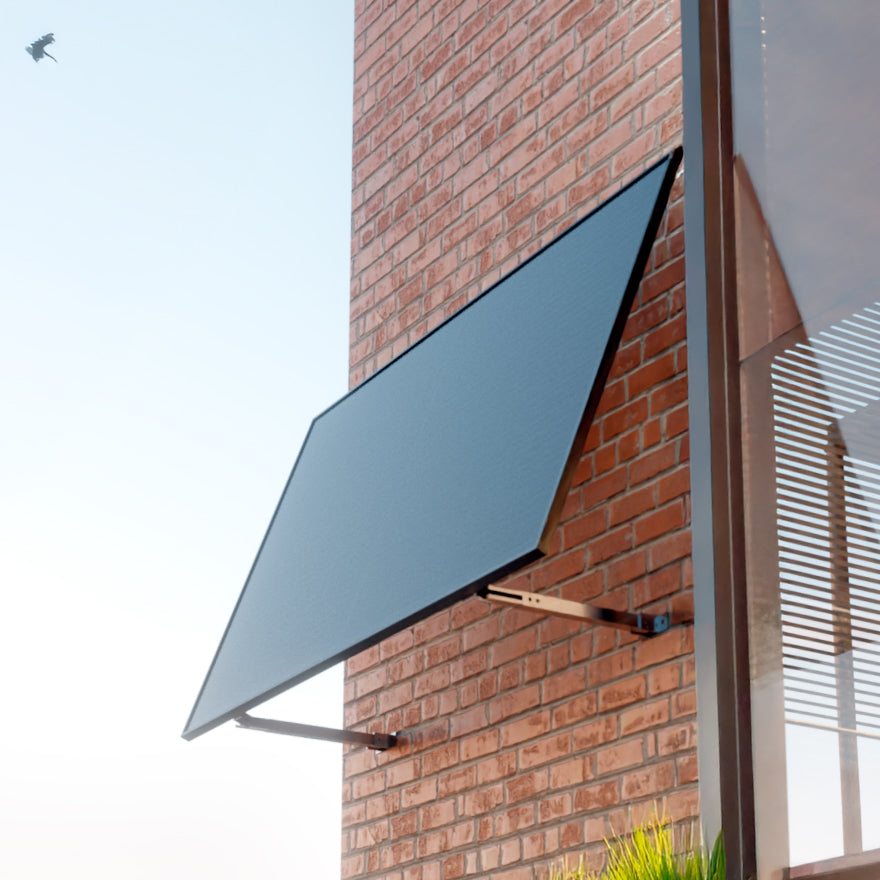
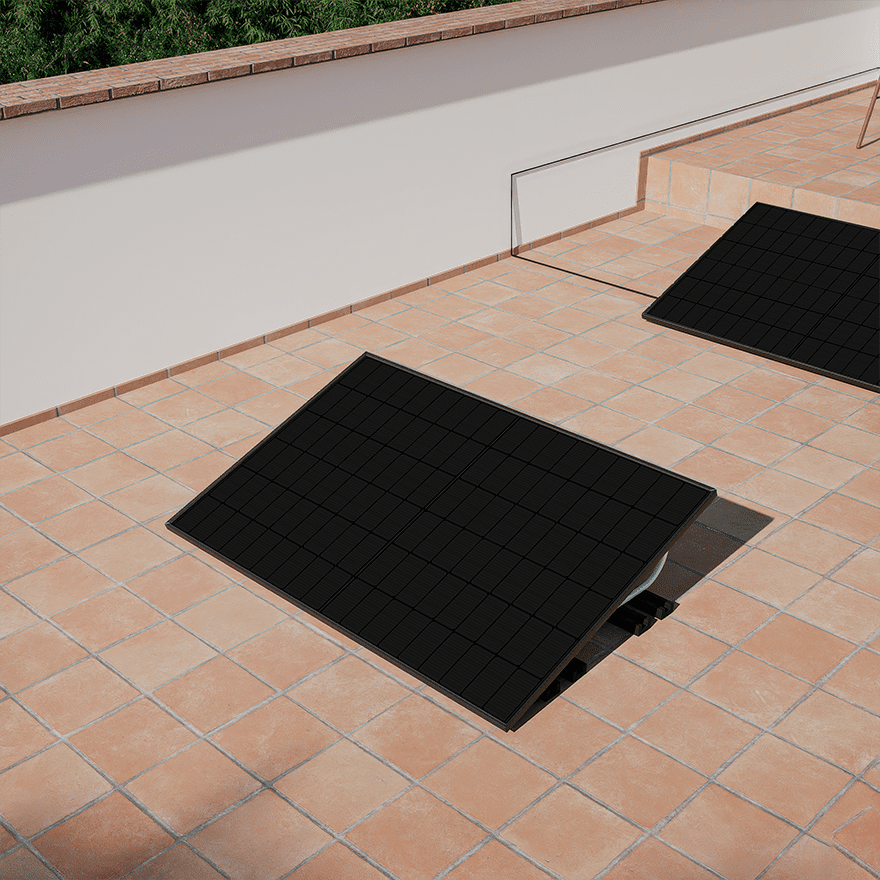
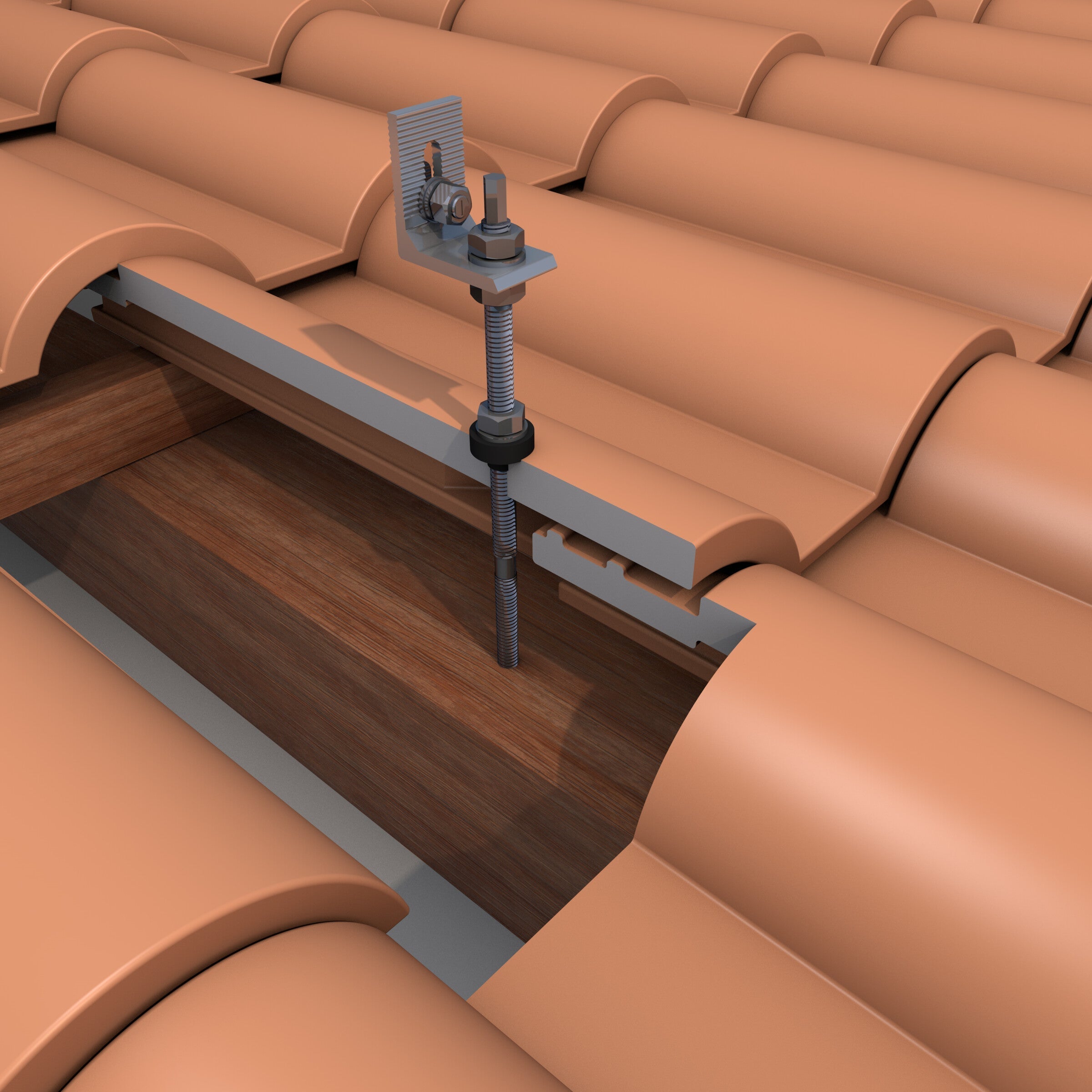
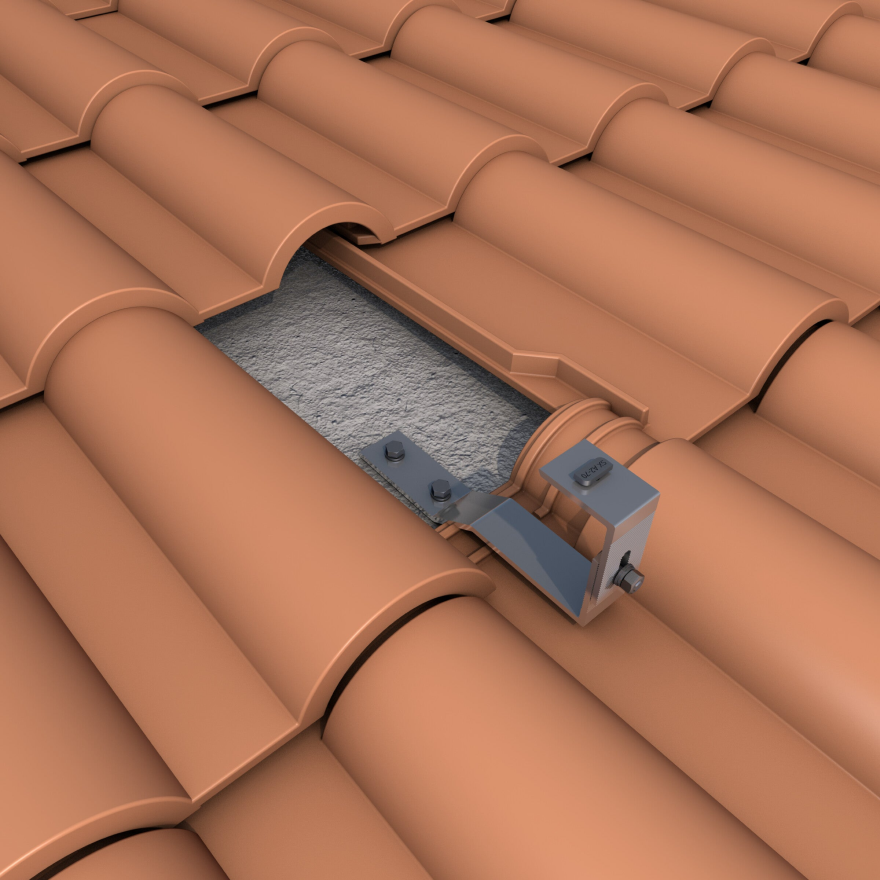
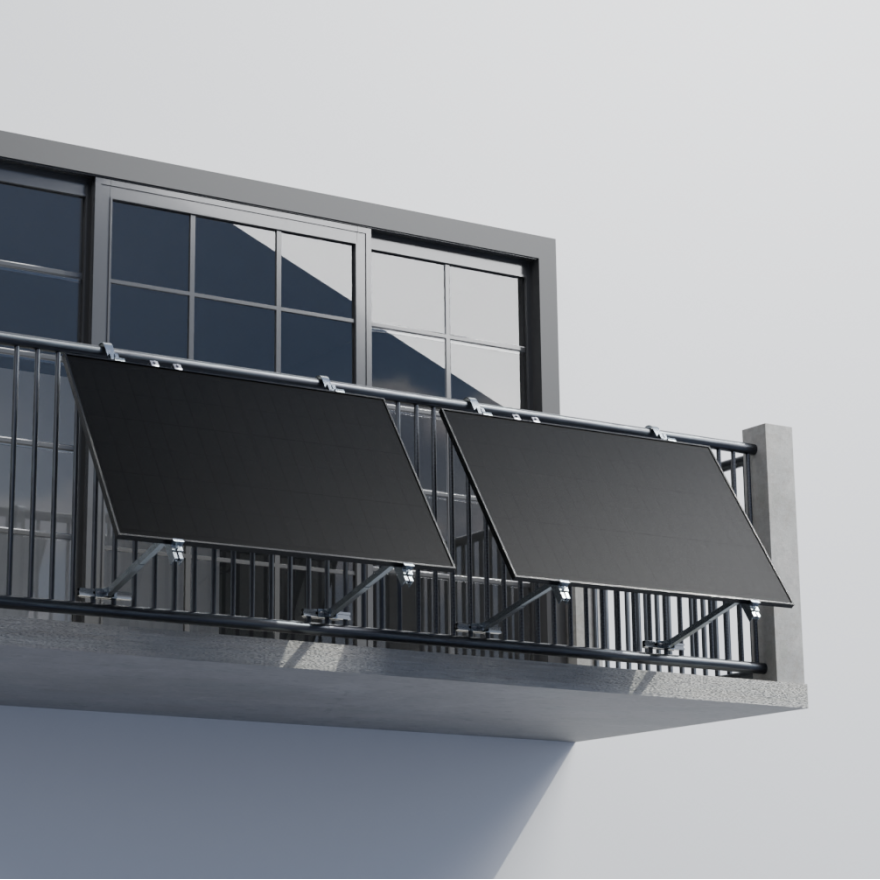
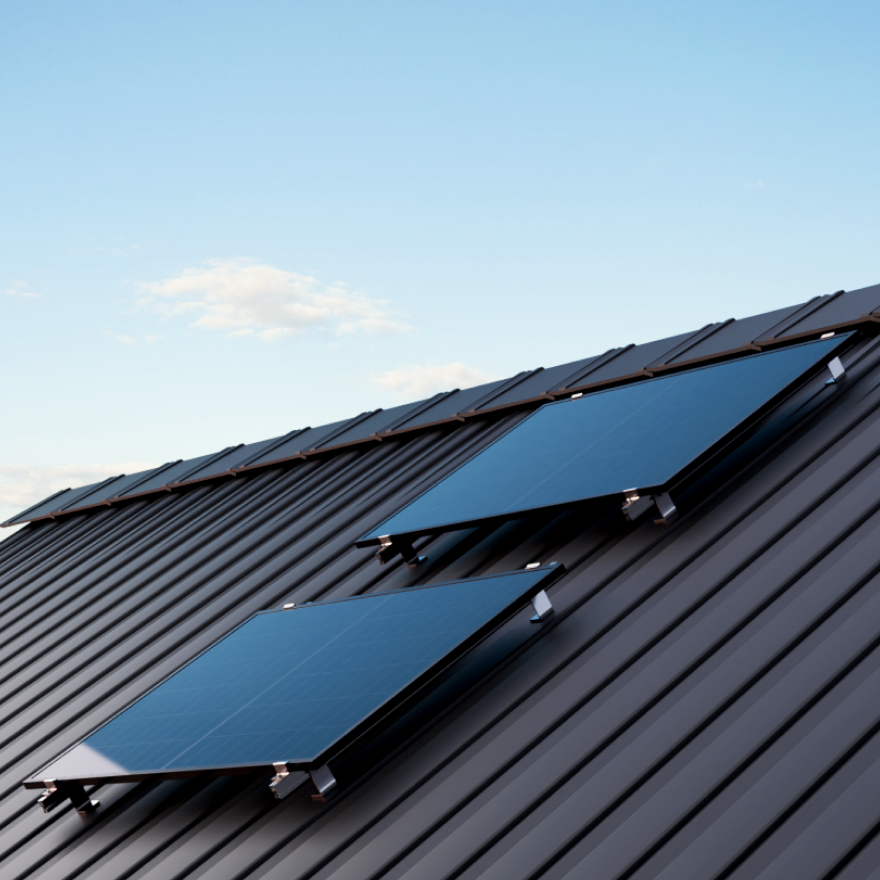
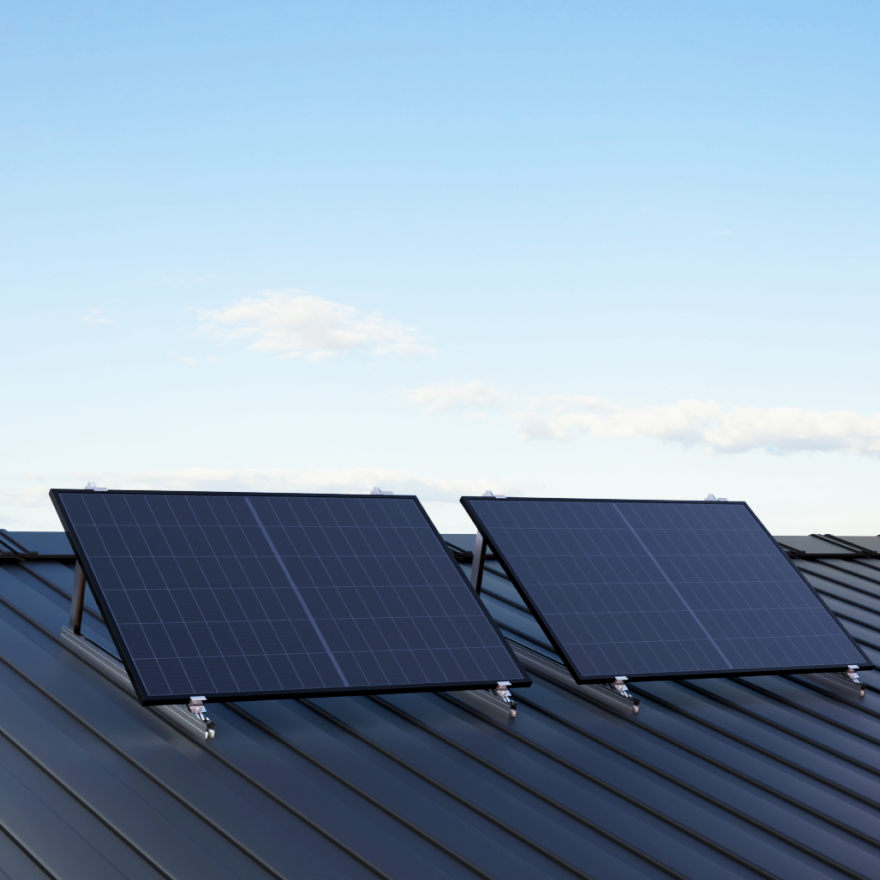
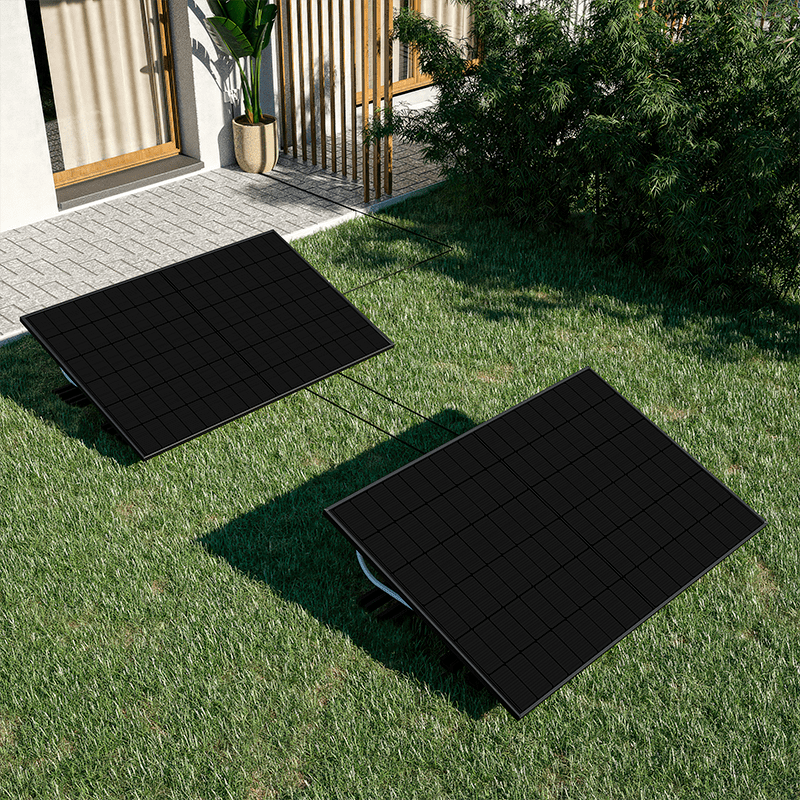
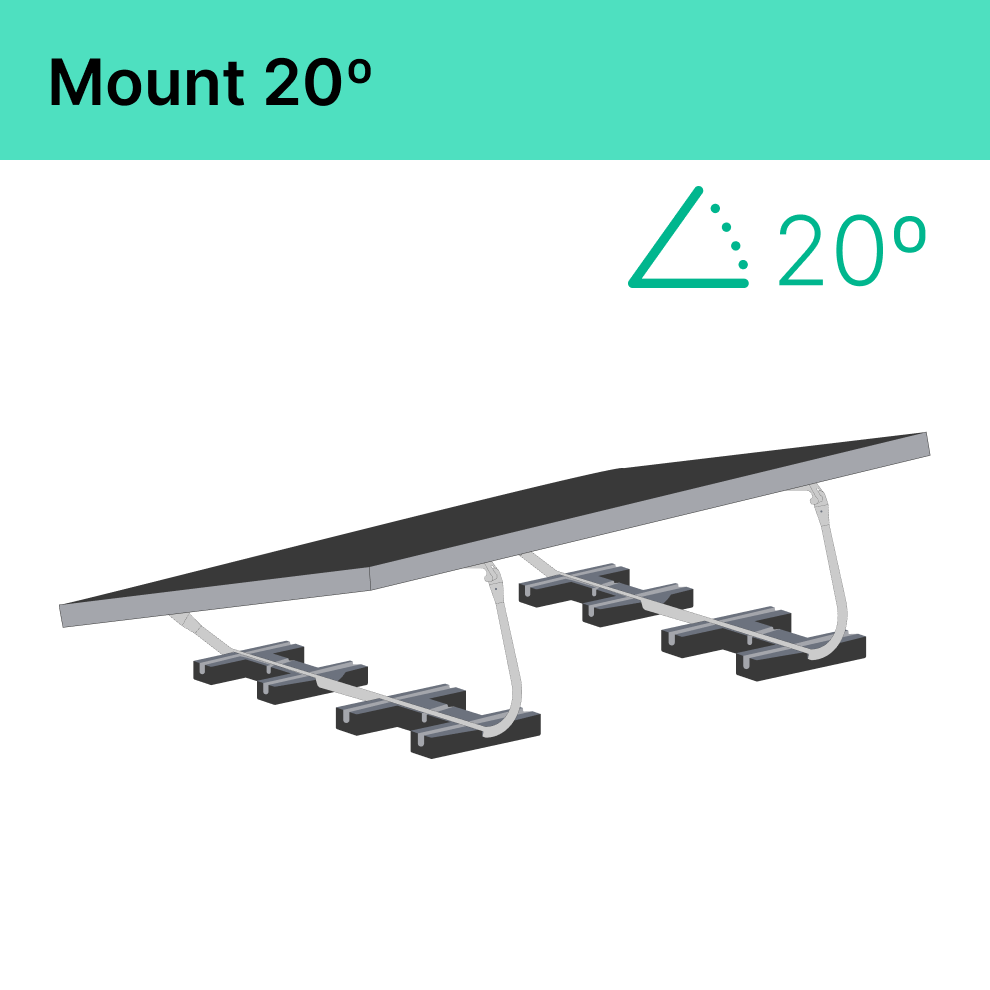
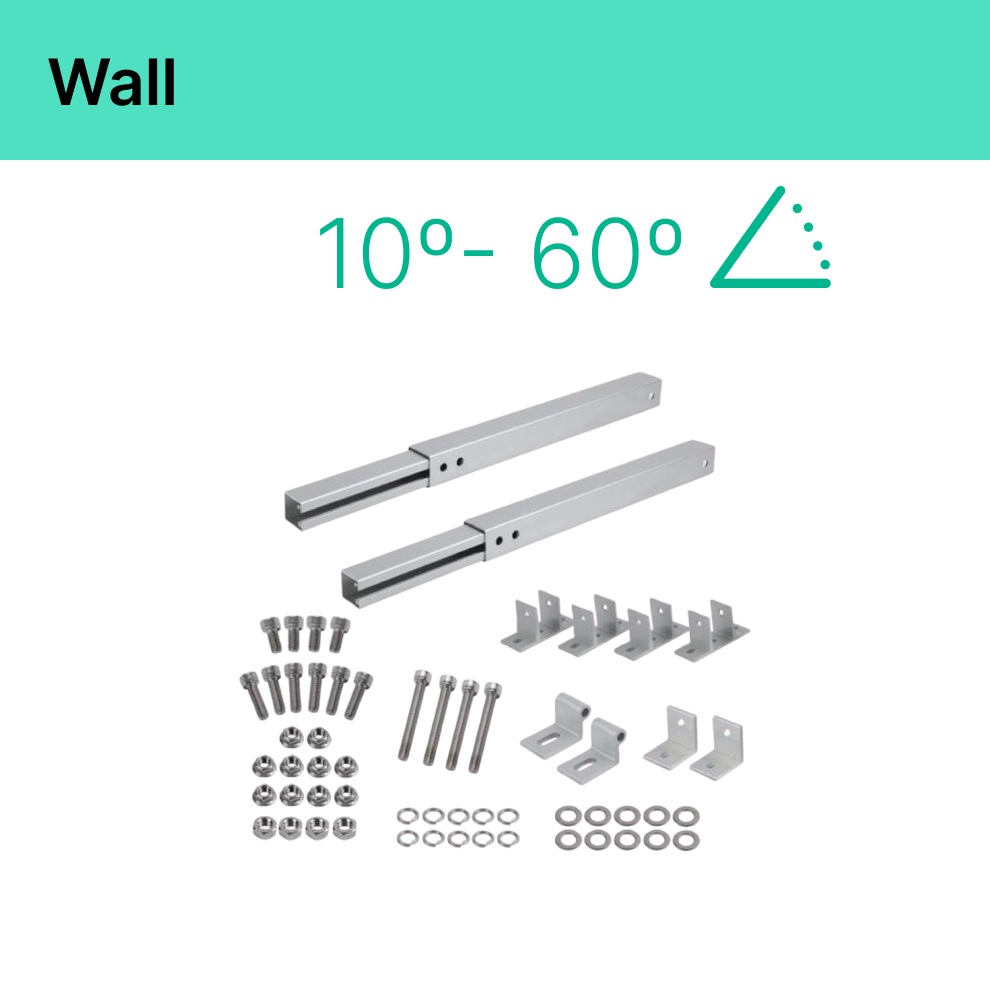
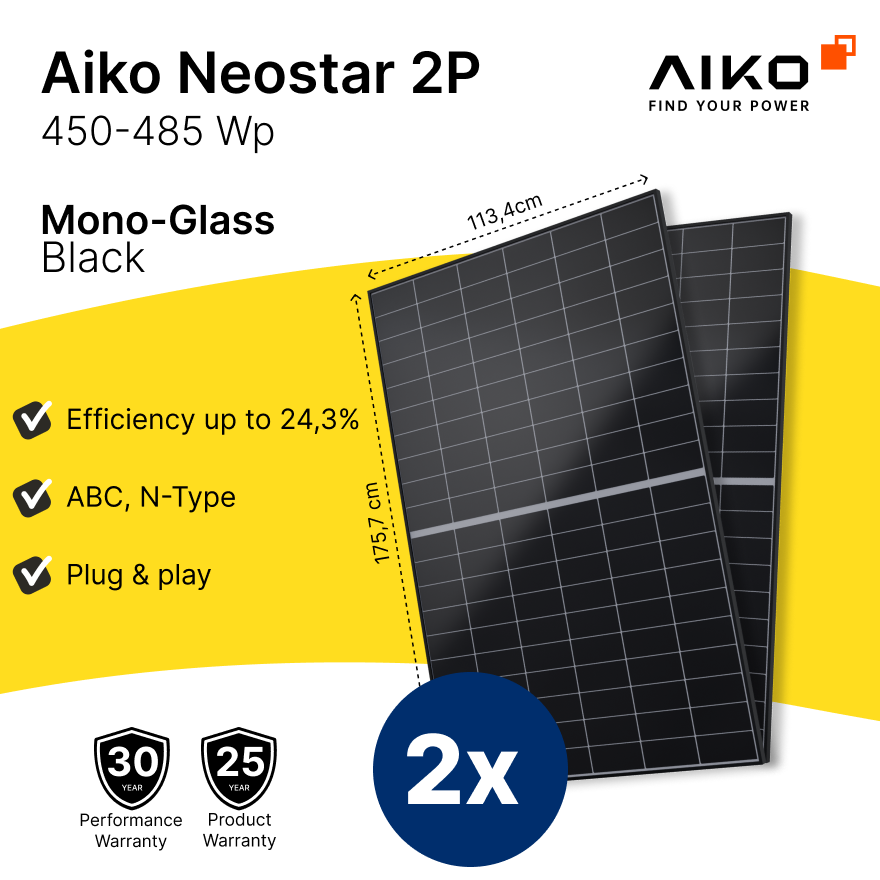
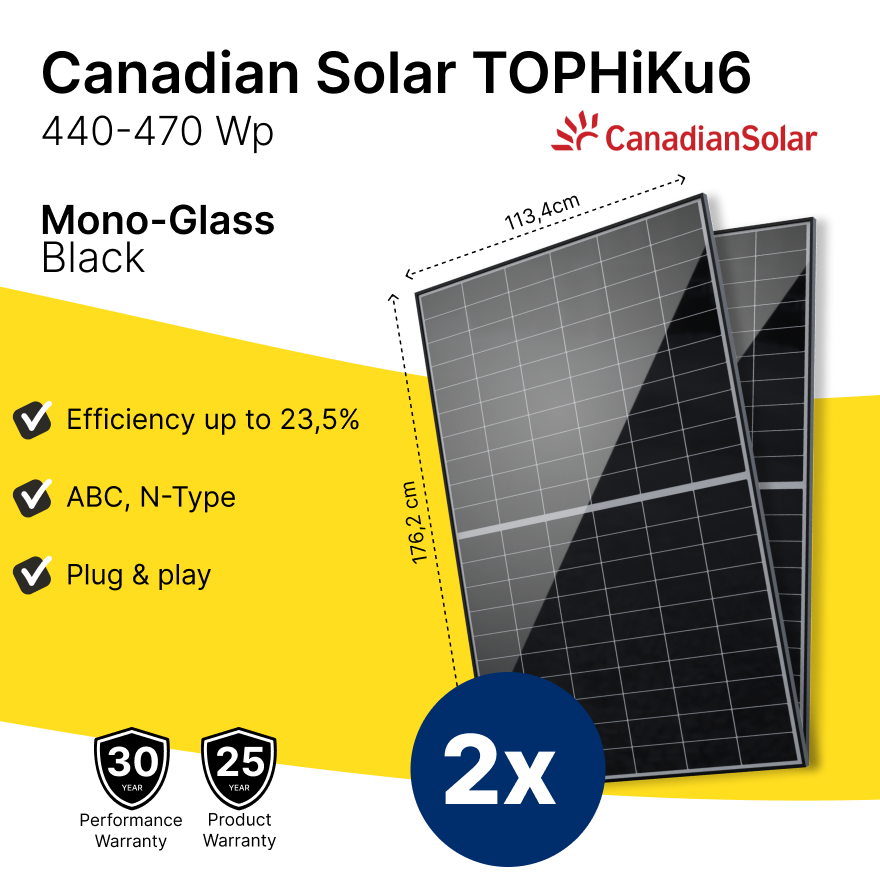
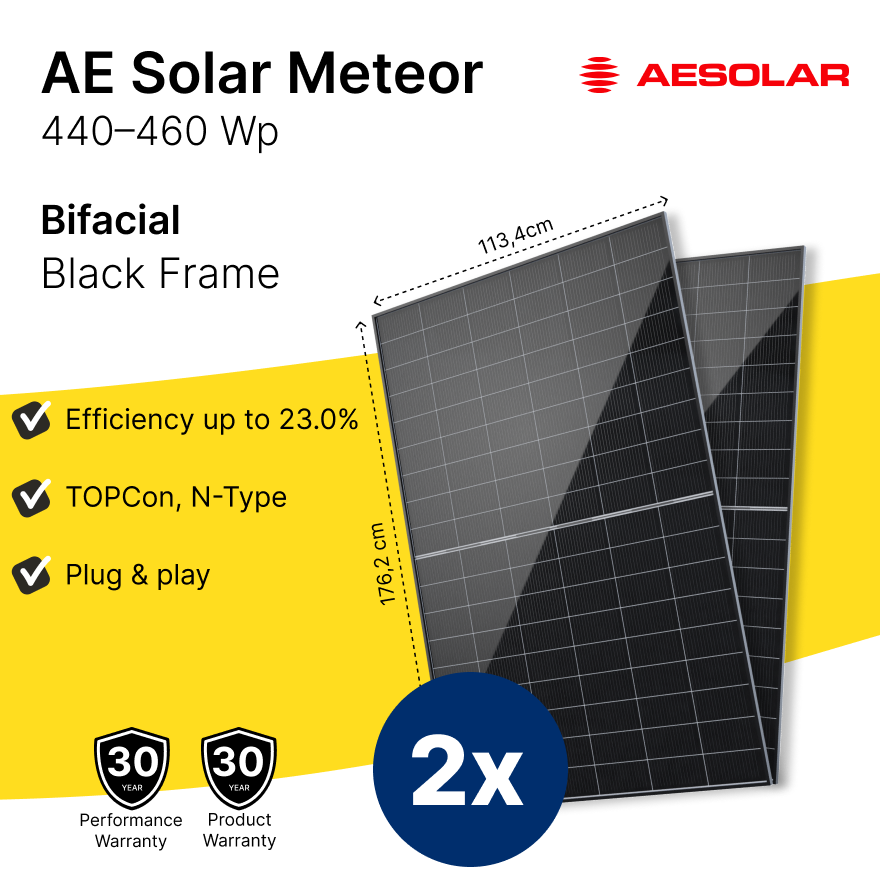
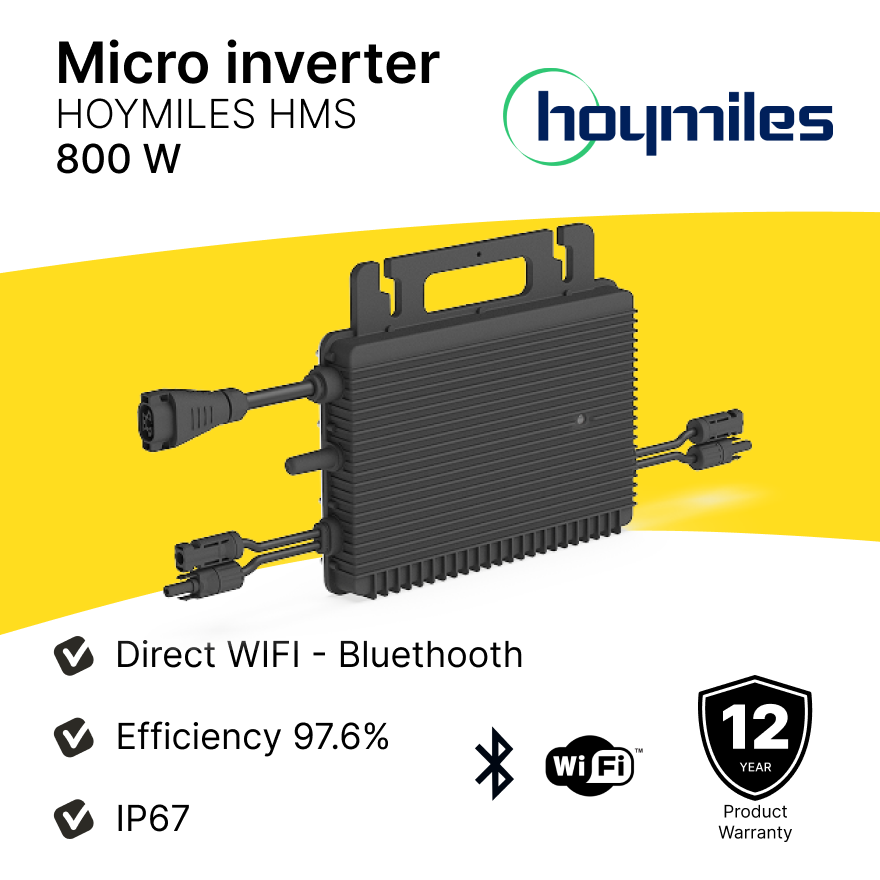
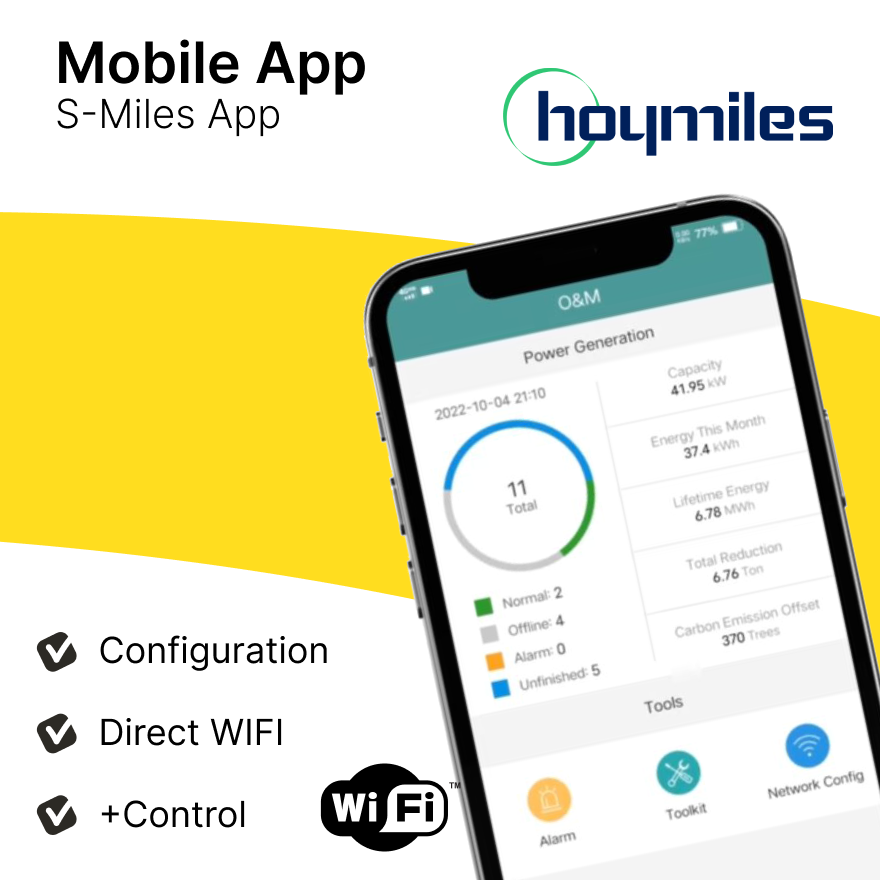
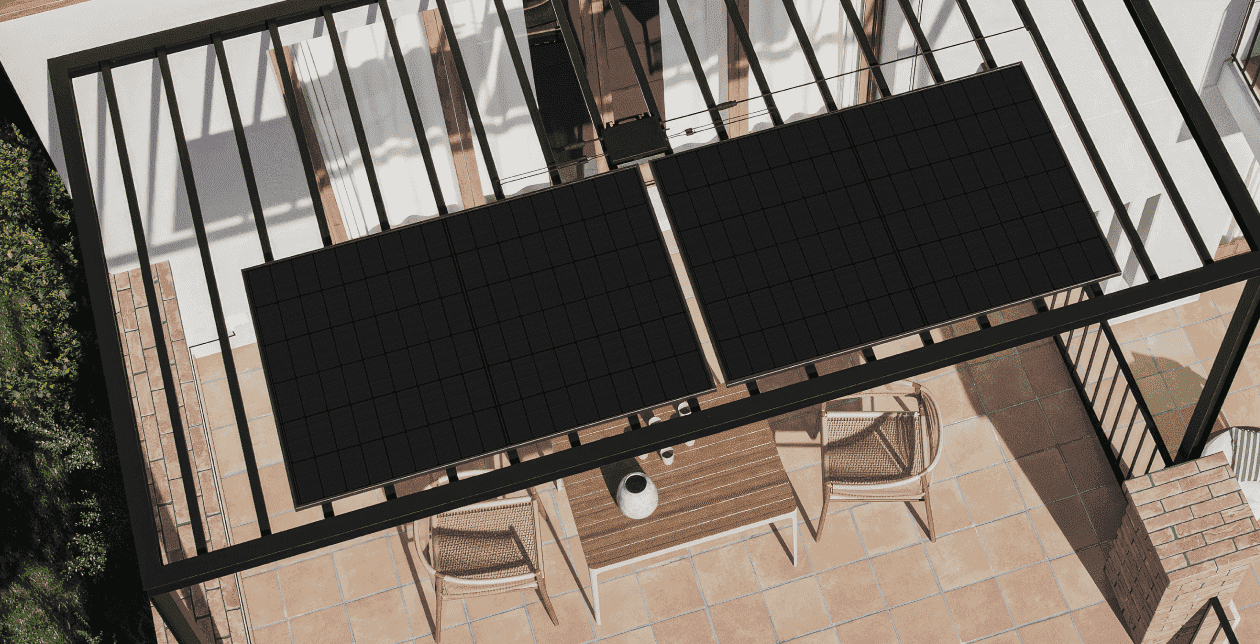

Leave a comment
This site is protected by hCaptcha and the hCaptcha Privacy Policy and Terms of Service apply.